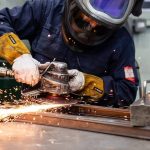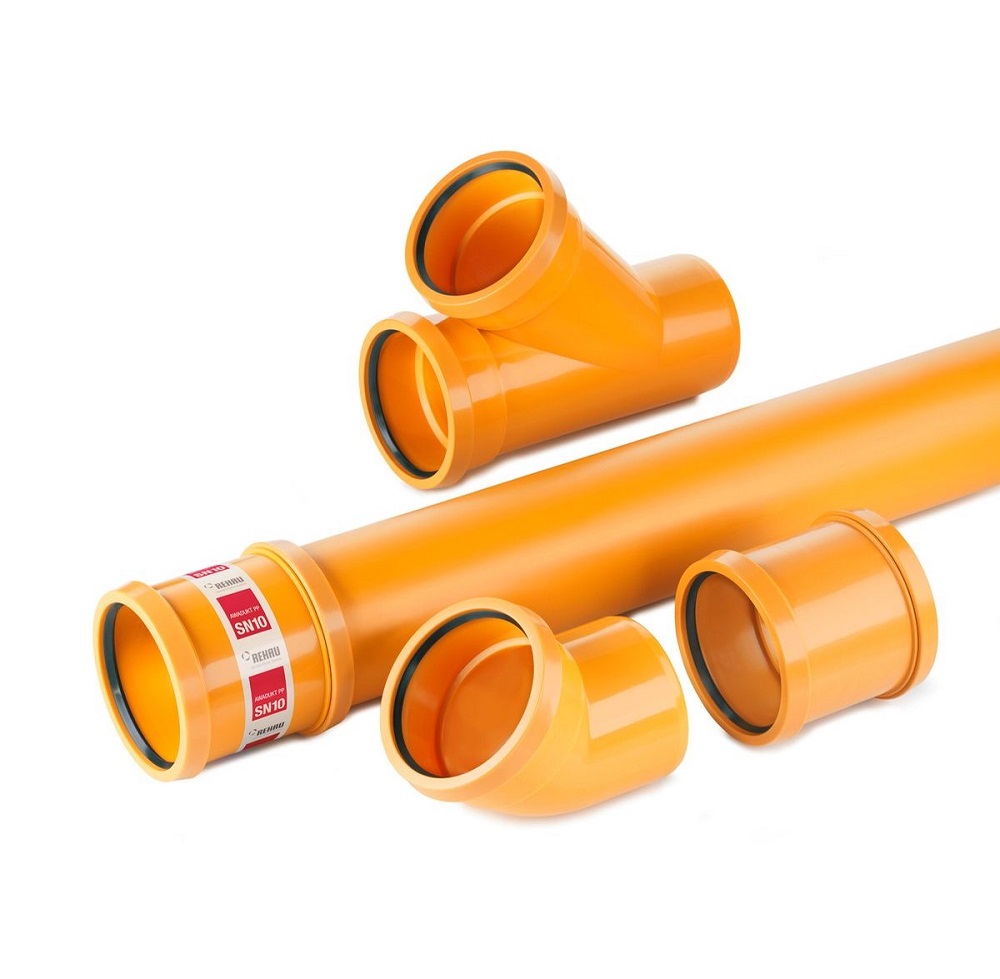Reduced timeframe
This is a crucial time for the UK construction industry. With the housing shortage now at crisis point, the focus needs to be on building more homes and building better homes, and at the Structural Timber Association (STA), we firmly believe that timber frame construction is the first step towards achieving this.
Timber frame offers a raft of benefits over other materials. One such benefit is off-site construction.
Off-site construction allows for entire homes to be built off-site and transported relatively easily to the construction site before being ‘pieced together’ in a short amount of time. What’s more, it is also possible to install doors, windows and insulation as required at the factory manufacturing stage, greatly reducing overall construction times and generating a significant cost saving due to significant waste reduction.
Timely delivery
With off-site construction comes reduced time on site. Time is probably the most important factor that needs to be taken into consideration when selecting materials for use. Going outside of a construction timeframe can result in a costly financial penalty – this is where the off-site build method associated with timber frame really comes into its own, as it helps to greatly speed up the construction process.
Off-site manufacturing of the timber frame also allows for flexibility in terms of design potential and adaptation. What’s more, off-site manufacturing allows for very precise measurements and cutting of the timber frame, meaning errors are reduced when the erection phase takes place on site further down the line.
Due to its significant time and cost saving benefits, timber frame tends to see 30% quicker build times than other ‘traditional’ methods. As a result, timber frame is gaining market share compared to other methods of construction.
It is also worth looking at the lifetime costs involved with timber frame houses. A greener home is appealing to the market – the property will be economically and environmentally friendly and might be preferred over a brick or block built structure that may not possess the necessary attributes for a cost effective home.
Heating costs, above all, really do need to be considered when building a property. It is estimated that up to 30% of the heat lost in a well-insulated building occurs where materials that are strong thermal conductors come into contact, allowing heat to flow through them.
A well-designed timber frame home, however, can help minimise thermal bridges and in some cases, may feature none at all. By reducing this issue, homes will retain warmth much more effectively, meaning less is spent on heating the building over the course of the year – a real benefit to those occupying the properties further down the line.
Advocating timber
It should be noted that timber frame construction represents around 70% of all houses built in Scotland, private and social – this goes for 17% in England. The timber in Scotland is mostly imported from Scandinavia – its reliability has led to a system of construction that is well served and understood by an integrated supply chain. The whole market, from developers through to architects, engineers, builders, and critically the buying public, have a default position – that new homes will be timber framed.
This belief, integrated into the Scottish construction industry, allows for a trusted and reliable pool of local skills in every aspect of timber frame design and build. What’s more, the cost benefits are widely understood in Scotland, with the speed of erection and a need for fewer skills underpinning the belief that building with timber is more cost effective that other materials.
If the rest of the country acts the same way and looks to other materials, such as timber, for construction, there is a good chance of more sustainable properties being built in the near future. This addresses the desires of potential homeowners, who will be looking for properties that can aid them in their attempts to save money in the long term. Alongside this, a new range of skilled workers can be developed, allowing for a more flexible construction workforce for years to come.




















